Education is the cornerstone of development, yet millions of children in tribal regions across India remain excluded from mainstream educational systems. As per the 2011 Census, India’s Scheduled Tribe (ST) population stands at 10.45 crore, with over 705 tribal communities residing in remote and hard-to-reach regions across the country, where conventional schooling methods fail to make an impact. According to the Tribal Development Report (2022), almost 48.2% of children enrolled in schools in tribal areas leave before completing Class 8. This disparity highlights the urgent need to rethink and scale up alternative education models tailored to the unique cultural, linguistic, and geographical contexts of tribal communities.
Traditional schooling systems often fail to address the specific needs of tribal children, such as language barriers, lack of infrastructure, and socio-economic challenges. Alternative education models, which are flexible, culturally sensitive, and skill-oriented, offer a promising solution. These models not only focus on literacy but also emphasize skill-building, ensuring that children are equipped to contribute meaningfully to their communities and the broader economy.
The Challenges of Mainstream Education in Tribal Regions
For tribal children, access to education is hindered by multiple socio-economic and geographical barriers. Many villages are located in forested or hilly regions where schools are far away, making daily travel difficult. Language barriers further widen the gap, as most tribal children speak indigenous languages at home while formal education is imparted in regional or national languages. Additionally, financial constraints force children into labor, while deeply ingrained cultural practices often prioritize traditional occupations over formal schooling. Lack of trained teachers who understand tribal cultures and inadequate school infrastructure further exacerbate the issue. Without addressing these fundamental challenges, mainstream education will continue to alienate tribal children rather than empower them.
The Promise of Alternative Education Models
Recognizing these issues, various government and non-government initiatives have emerged to provide alternative education solutions tailored for tribal children. One of the most notable government programs is the Eklavya Model Residential Schools (EMRS) scheme, launched in 1997-98 to provide quality education to ST children. These schools offer free lodging, food, and education while integrating tribal culture into the curriculum. In 2023-24, over 1.23 lakh students enrolled in Eklavya Model Residential Schools, with 405 functional nationwide. A total of 708 EMRSs have been sanctioned, of which 405 are currently operational.
Another promising initiative is Vidya Vanam, a school in Tamil Nadu that follows a bilingual, activity-based learning model, allowing tribal children to gradually transition into mainstream education without losing their cultural identity. Similarly, Gyanodaya Residential Schools in Madhya Pradesh adopt context-based learning to make education more relatable for tribal students.
Skill-Building: A Key Component of Alternative Education
Education for tribal children should not only focus on academic subjects but also emphasize skill-building, which is crucial for livelihood generation. Many alternative education models integrate vocational training, aligning with local needs and traditional skills. For instance, the Nilgiris Adivasi Welfare Association runs schools that incorporate farming, pottery, and weaving into the curriculum, helping students develop marketable skills while preserving their cultural heritage.
Similarly, the National Skill Development Corporation (NSDC) has partnered with various NGOs to provide vocational training in tribal regions, covering areas like carpentry, organic farming, and digital literacy. The Tribal Youth Exchange Program by the Nehru Yuva Kendra Sangathan (NYKS) focuses on skill development and leadership training for tribal youth. These skill-based interventions make education more relevant and practical, encouraging better retention rates and enhancing employability among tribal youth.
What’s Happening Around the World?
Globally, countries with significant indigenous populations have adopted unique education models that India can learn from. For example, New Zealand’s Te Kura Correspondence School provides distance learning solutions for Māori and Pasifika students in remote areas, allowing them to study at their own pace while staying connected to their cultural roots.
Similarly, in Australia, The Batchelor Institute of Indigenous Tertiary Education integrates indigenous knowledge with modern education, ensuring that indigenous students do not feel disconnected from their identity while acquiring new skills. These models highlight the importance of flexibility, cultural integration, and digital tools in making education more accessible to indigenous and tribal children, providing a blueprint for India to follow.
Advancing Tribal Education in India
Across India, individuals and organizations are implementing groundbreaking solutions to educate tribal children. In Tamil Nadu’s Nilgiri Hills, Adivasi Munnetra Sangam operates schools that integrate traditional knowledge, including herbal medicine and forest conservation, with mainstream subjects, ensuring a holistic education.
Similarly, Bhasha Research and Publication Centre has developed bilingual textbooks in 50 tribal languages, aiding children to learn in their mother tongue while transitioning to mainstream languages.
A community radio station in Odisha’s Koraput district is delivering school lessons to underprivileged tribal students without internet access or smartphones. Scaling such initiatives with AI-driven platforms could greatly enhance educational outcomes.
Boro Baski, an educator from West Bengal, leads Bishnubati Adibasi Marshall, a school dedicated to preserving Santali language and culture. The school integrates indigenous knowledge with modern education, ensuring Santali children stay connected to their roots while acquiring essential contemporary skills.
Conclusion
Scaling up alternative education models for children in tribal regions is not just a moral imperative but a strategic necessity for India’s development. By addressing the unique challenges faced by tribal communities and leveraging innovative solutions, we can create an education system that is inclusive, equitable, and empowering. This requires greater investment in infrastructure, training teachers from tribal communities, and blending traditional knowledge with modern education.
With the 2030 deadline for achieving Sustainable Development Goal 4—a commitment to provide quality education to all people, regardless of gender, age, or geography—India must focus on its most marginalized communities, including tribal children. From government initiatives like EMRS to grassroots innovations by organizations and individuals, India has already taken significant steps in this direction. However, much more needs to be done to ensure that every tribal child has access to quality education and the skills to thrive in the 21st century.
Keeping this in mind, Smile Foundation with its “Lifecycle Approach” works towards empowering the less-privileged children and their families with quality education, health, and livelihood. Our educational intervention ensures that every child receives quality learning, with a strong emphasis on STEM education, equipping them for the evolving global landscape. By integrating foundational language, numerical skills, and STEAM subjects, the initiative nurtures cognitive development and academic excellence.
With a holistic approach, Smile Foundation continues to transform lives, empowering children to break cycles of poverty and build a brighter future. Join us to bring all our children to classrooms.



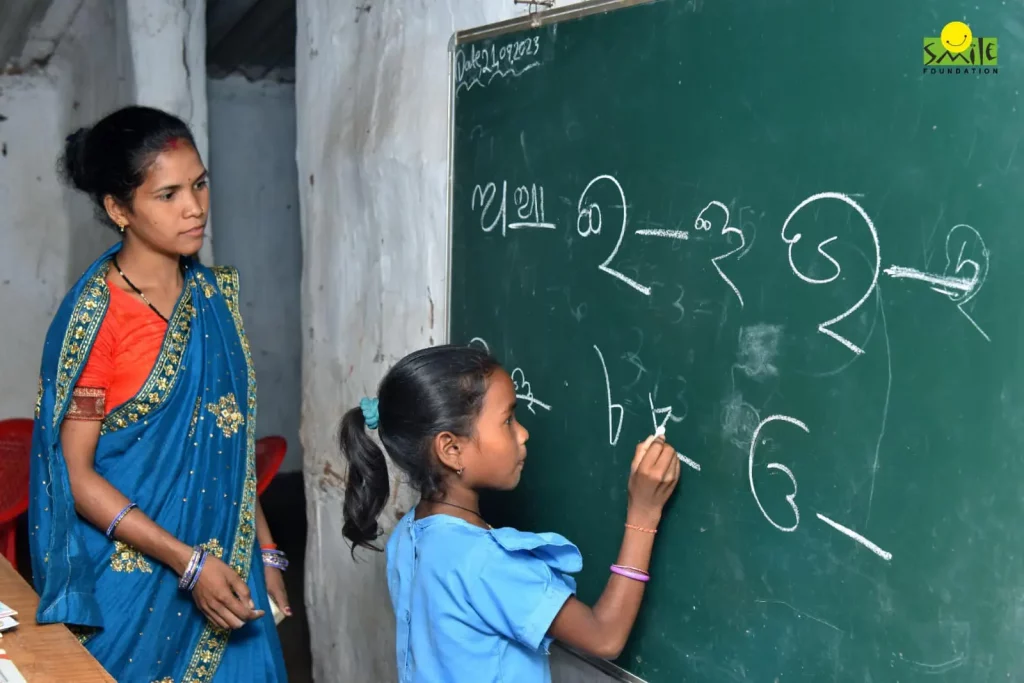
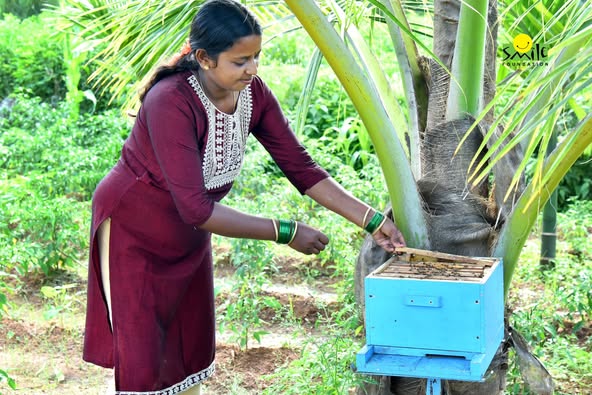
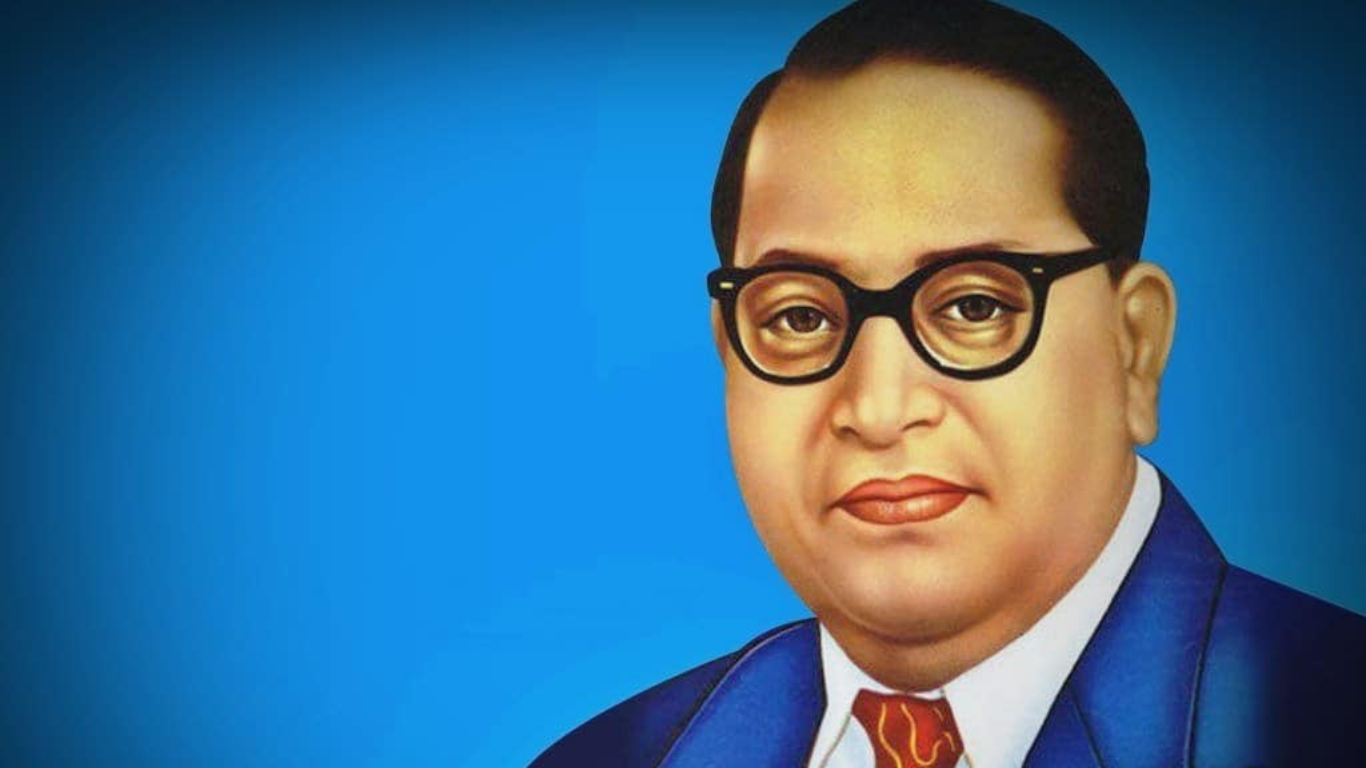
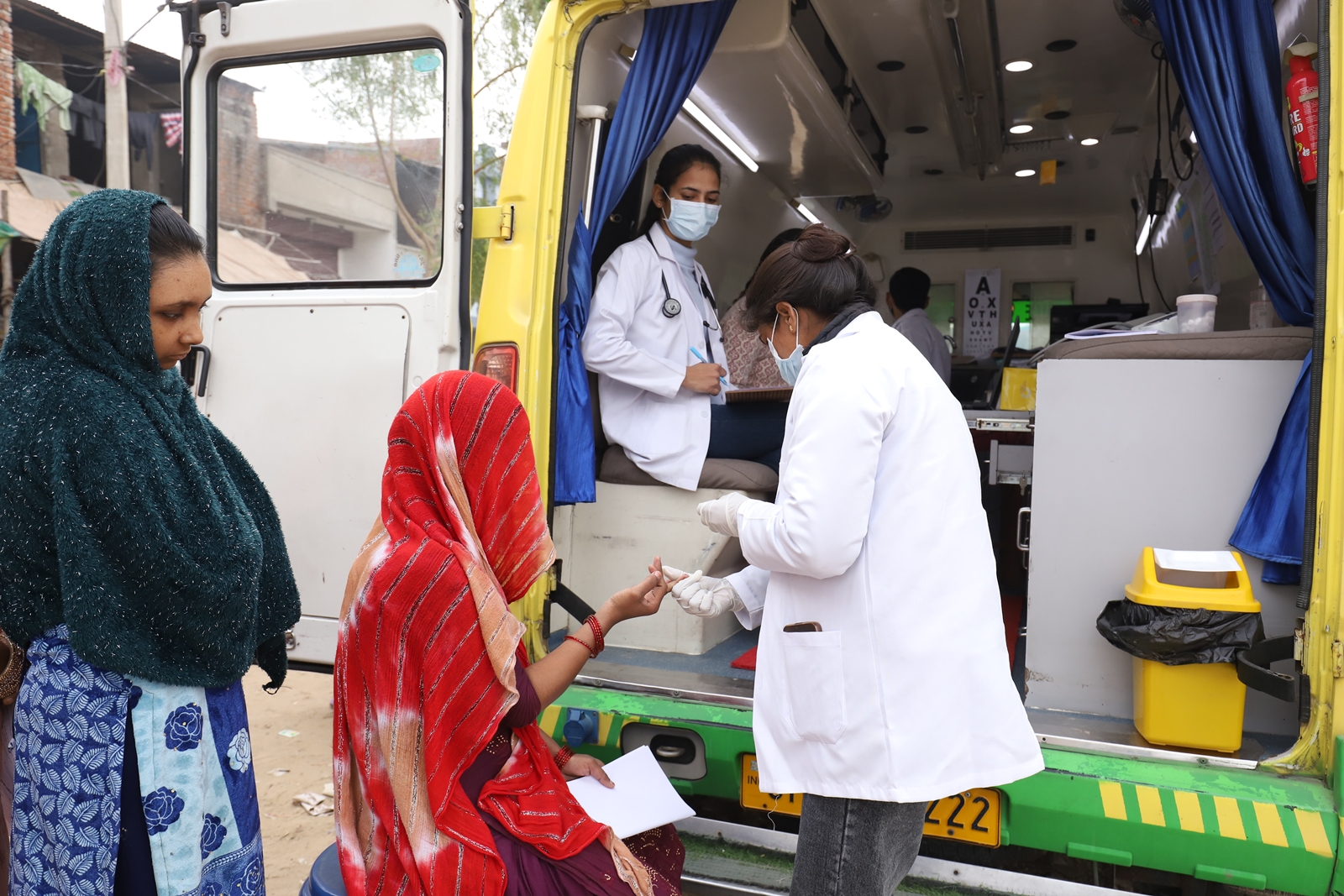
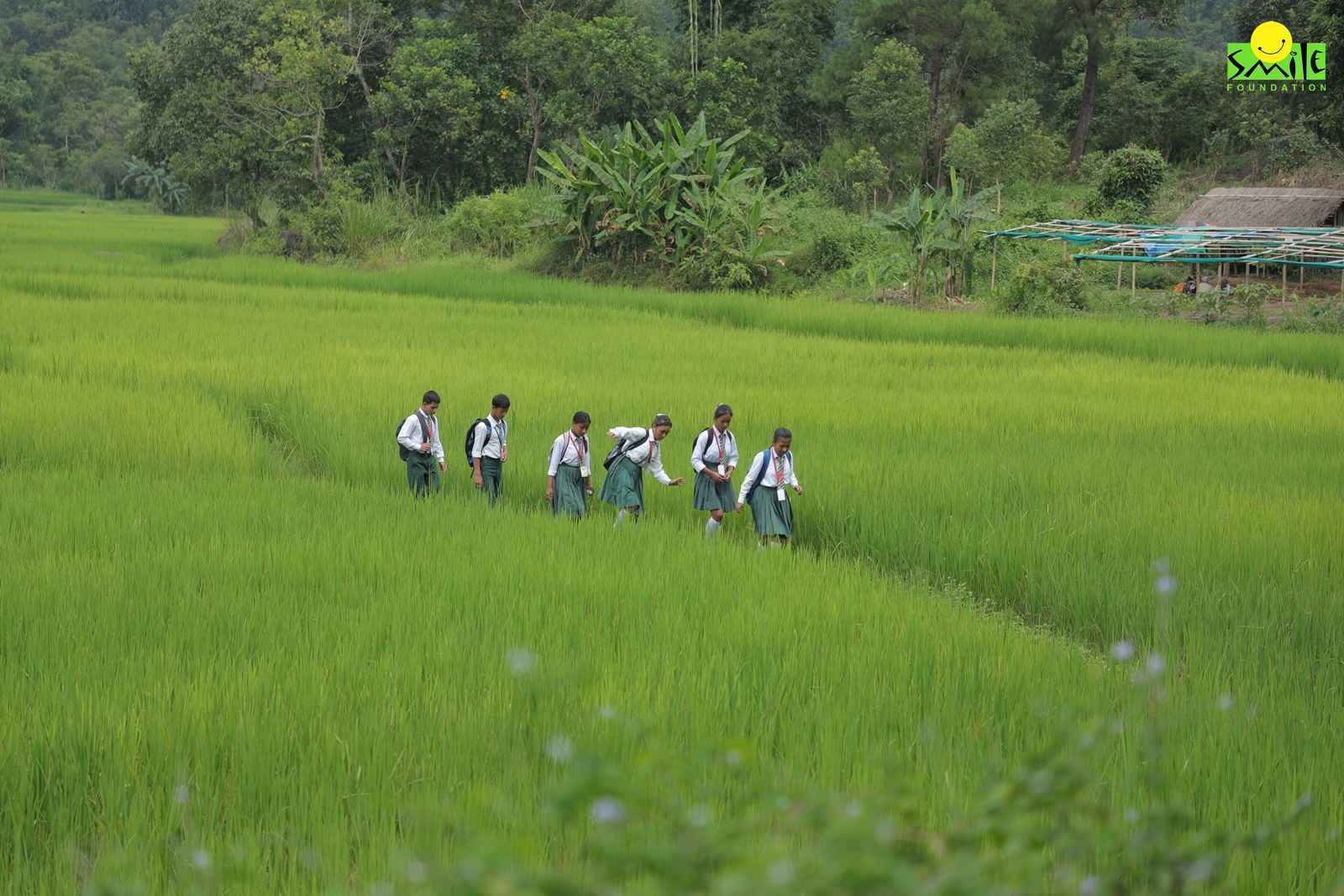

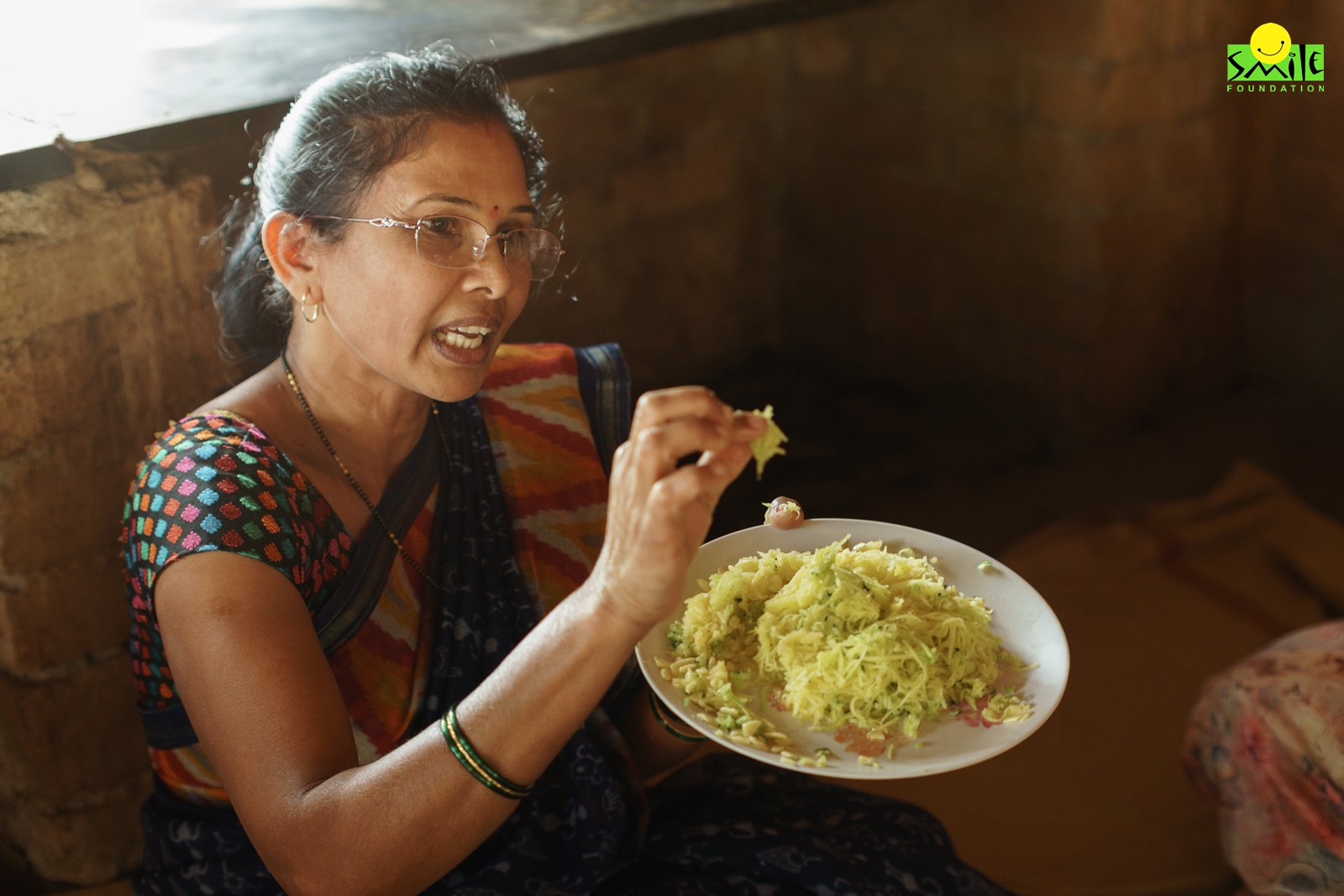
3 replies on “Scaling Up Alternative Education Models for Children in Tribal Regions”
The emphasis on tailoring education for tribal regions is such an important point. Many times, one-size-fits-all models don’t work in these contexts, so it’s refreshing to see an organization like Smile Foundation adapt its approach to the needs of the community.
It’s fantastic to see how Smile Foundation is not just providing education but also empowering local communities to take charge of their own futures. Education is most effective when it’s shaped by the needs and cultures of the people it’s intended to serve.
It’s inspiring to see how Smile Foundation is reshaping education for children in tribal regions. Providing alternative models of learning that are more inclusive and culturally relevant seems like a real game-changer.